Bro. Gerry and Sis. Chona Santos (Our neighbors and chapter leaders in the CFC community) were very gracious in giving me a ride to the Centennial Airport that morning. They along with their children were also flying out of Manila that same day for a vacation in Boracay Island via Kalibo, Aklan. My trip on the other hand, was still part of the series of procurement trainings were had organized around the country.
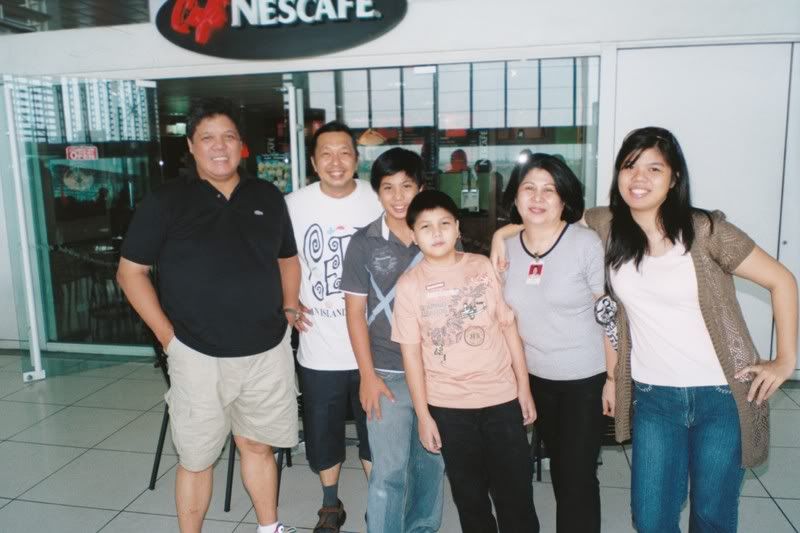
We’re off to exciting places!
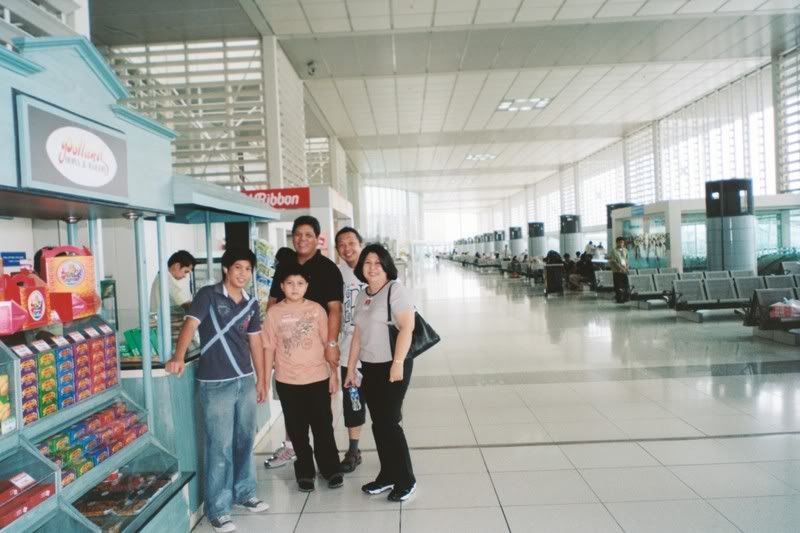
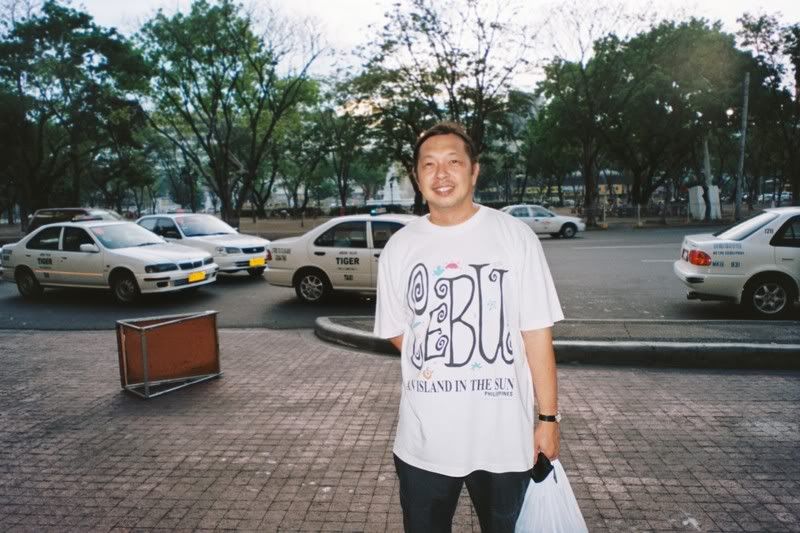 My first photo in Cebu!
My first photo in Cebu!(This picture was taken in front of Robinson’s Department. At the back is the historic and recently controversial Fuente Osmeňa Plaza in Uptown Cebu City)
To those who are relatively unfamiliar to Metropolitan Cebu, it is the country’s second biggest metropolis and the economic, educational as well as cultural center of the Visayas.
Aptly described as “an island in revelry”, Cebuanos participate in lively, luxuriant fiestas that show their rich cultural heritage and love for merrymaking. The biggest and most popular of which is the Sinulog Festival, held annually on the 3rd Sunday of January. The celebration is in honor of Seňor Sto. Niňo de Cebu.
Known as “Zugbu” or Zubu” to pre-Hispanic merchants, Cebu continues to be the hub of trade and commerce in the country’s southern area due to its strategic location. It is the land of the nation’s earliest Christians, the oldest academic institution, fortress and street.

First day class picture!
Notable persons present included the former Ombudsman Simeon V. Marcelo, who attended the whole training as a participant, Director Virginia Santiago of OMB – Visayas who gave the welcoming remarks and European Commission Delegation to the Philippines Deputy Head of Operations Roger De Backer who attended some of the early training modules.
I was able to see some of the city’s landmarks and the OMB – Visayas building all for the first time. The only problem though was that since the procurement trainings run practically through the whole day, when I leave the venue, there is little precious daylight time left. That’s the reason why some of my pictures didn’t come out due to poor lighting in the evening.
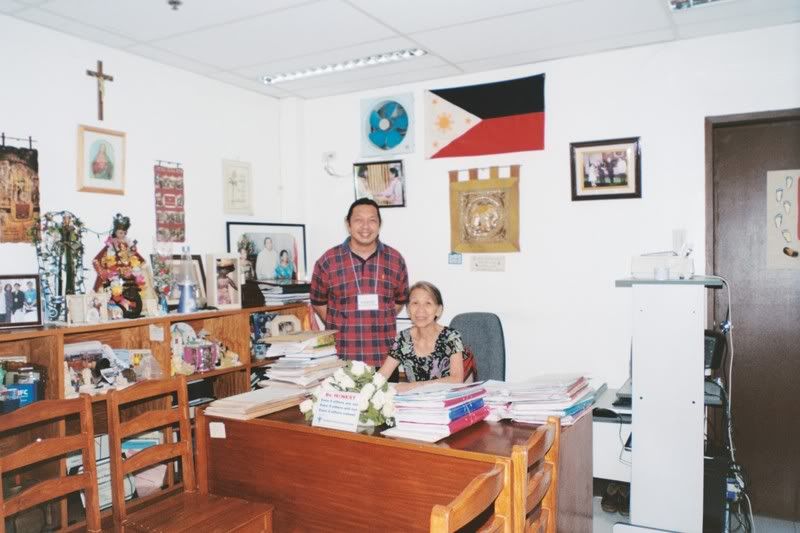 With the Officer-in-Charge of our Visayas Area Office – Director Virginia P. Santiago
With the Officer-in-Charge of our Visayas Area Office – Director Virginia P. Santiago The Basilica Minore del Sto. Niňo by night
The Basilica Minore del Sto. Niňo by night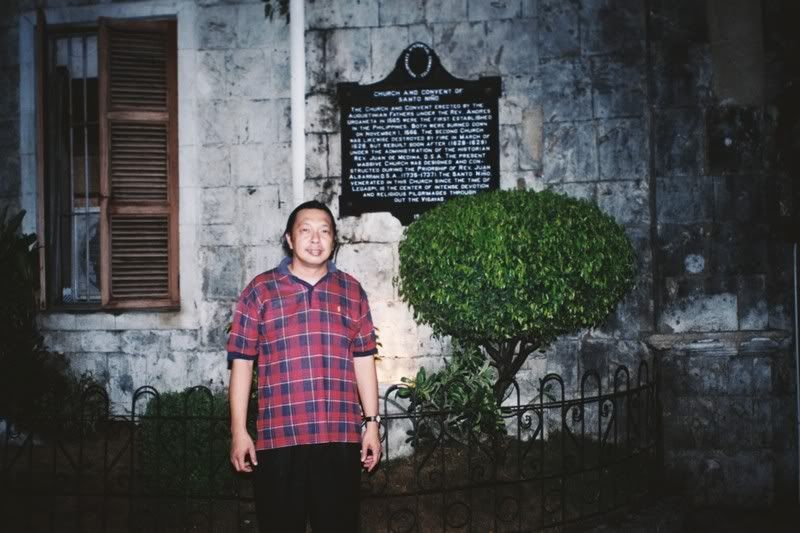 Standing beside one of the country’s oldest churches
Standing beside one of the country’s oldest churches Part of the Basilica’s courtyard
Part of the Basilica’s courtyard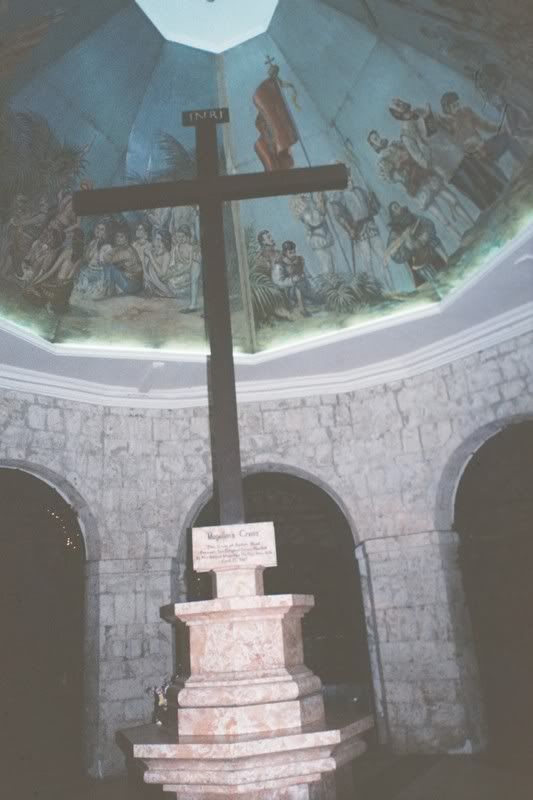
Magellan’s Cross in Magallanes Street, Downtown Area, Cebu City
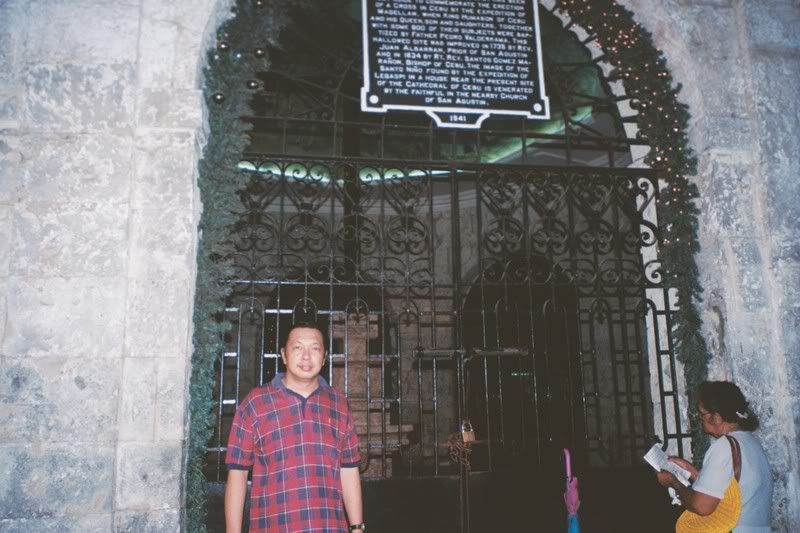 Magellan’s Cross is another Cebu landmark that you dare not miss when in the province. Housed in a roofed kiosk near the corner of Magallanes and Burgos streets, the original cross was believed to have healing powers that locals chipped off parts of it until it was encased in a hollow hardwood cross which is the one that visitors now actually see.
Magellan’s Cross is another Cebu landmark that you dare not miss when in the province. Housed in a roofed kiosk near the corner of Magallanes and Burgos streets, the original cross was believed to have healing powers that locals chipped off parts of it until it was encased in a hollow hardwood cross which is the one that visitors now actually see.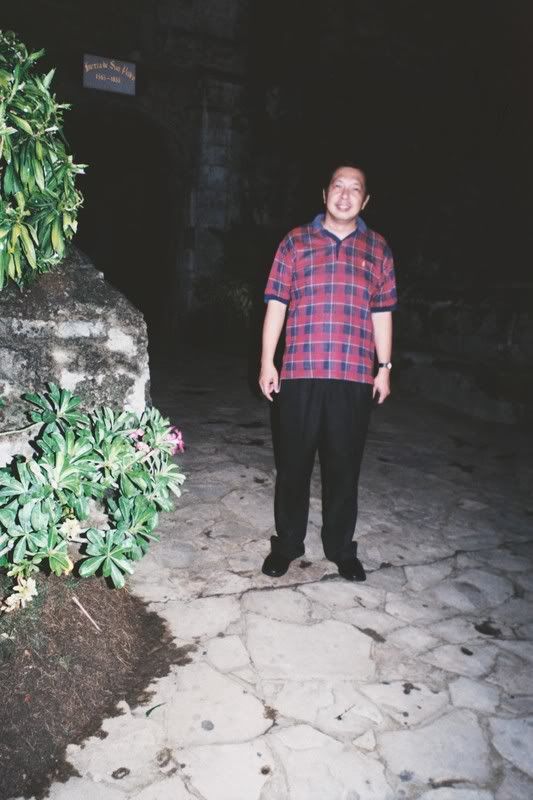 By the gate of Fort San Pedro, the heart of the Spanish settlement during the Spanish colonial period and stronghold of the Filipino revolutionaries during the war for independence.
By the gate of Fort San Pedro, the heart of the Spanish settlement during the Spanish colonial period and stronghold of the Filipino revolutionaries during the war for independence.Like in many GK sites, I’ve visited around the country, I was met with smiling faces and warm greetings. The hard life isn’t exactly erased from the beneficiaries but you feel a sense of renewed hope and community among the people.
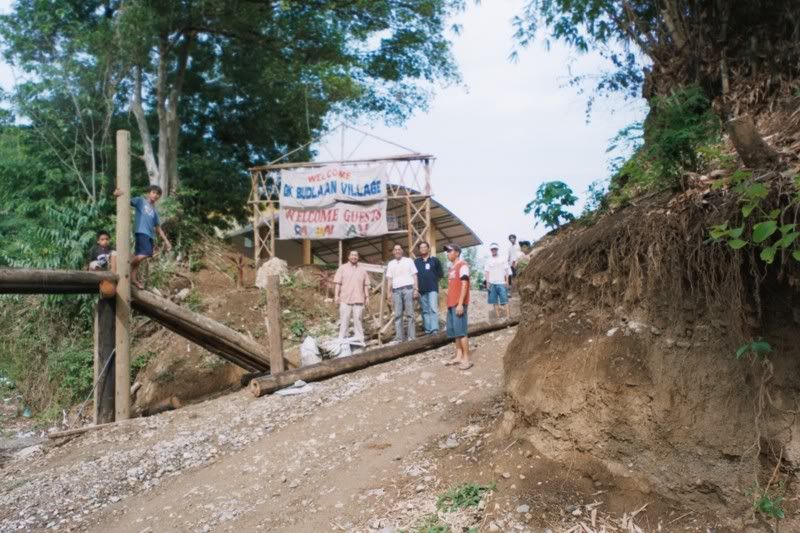 GK “Smart” Village – People work together to construct a wooden bridge for people to use during the occurrence of heavy floods
GK “Smart” Village – People work together to construct a wooden bridge for people to use during the occurrence of heavy floods The community center
The community center Budlaan’s model house
Budlaan’s model house
 The GK site is gently nestled in a valley between two enormous mountain ranges
The GK site is gently nestled in a valley between two enormous mountain rangeswhere posh villages are being constructed
 With CFC elders Danny Lagahid and Dodong Suarez
With CFC elders Danny Lagahid and Dodong Suarez These pieces of wood are processed for livelihood
These pieces of wood are processed for livelihood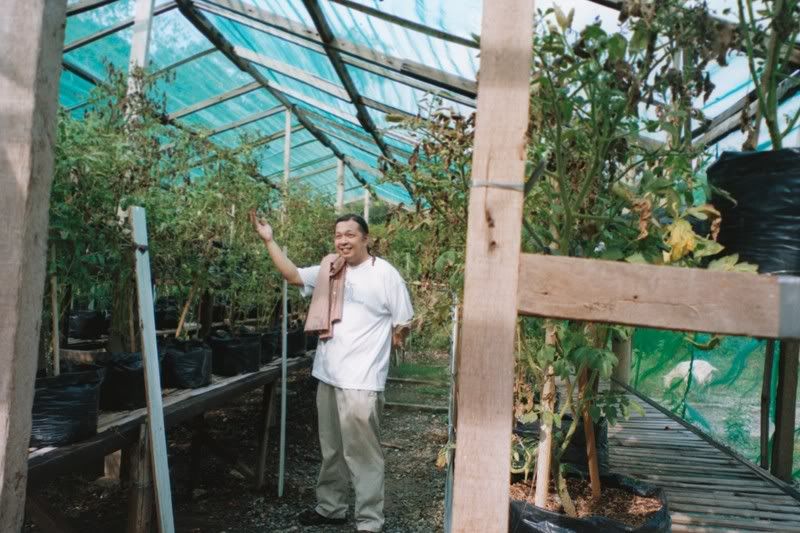 They have a vegetable garden of tomatoes in its infancy stage
They have a vegetable garden of tomatoes in its infancy stage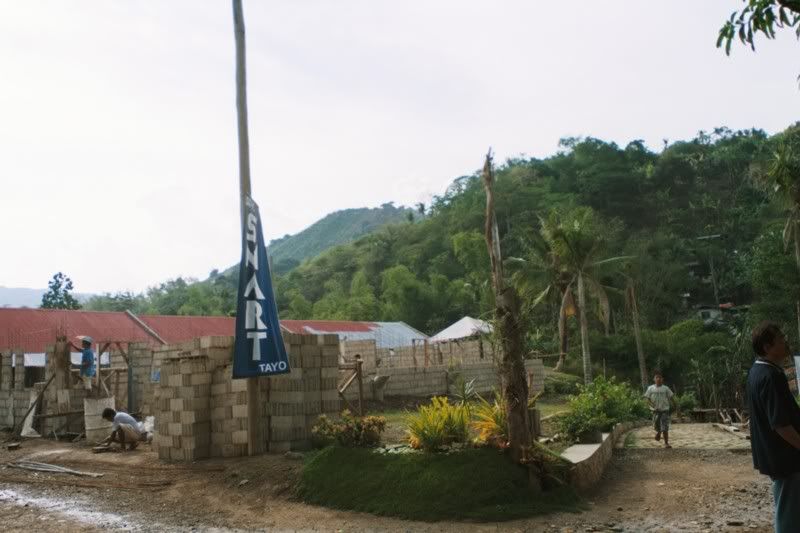
I think they are building a Mabuhay Ladies Guest House
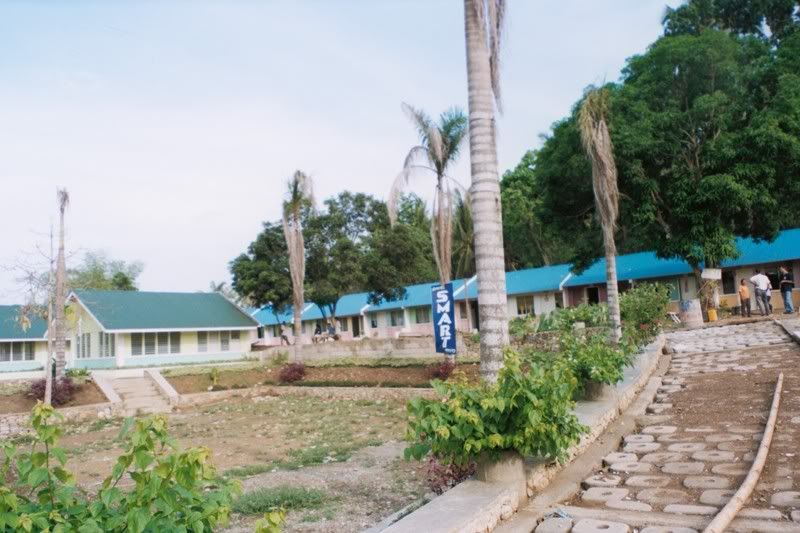
You see SIBOL (means “to grow”; GK program for young children) school houses to the left
 A far view of the community center
A far view of the community centerAfter the trainers’ training session ended by noontime on Friday, we packed up our gears ready to go home. However, I along with training resource persons like Heidi Mendoza and Dave Lucero who had the same return flight schedules back to Manila that afternoon had an interesting side trip to the Archbishop’s residence in Cebu where the former Ombudsman Marcelo and OMB Director Santiago were having lunch with Cardinal Vidal.
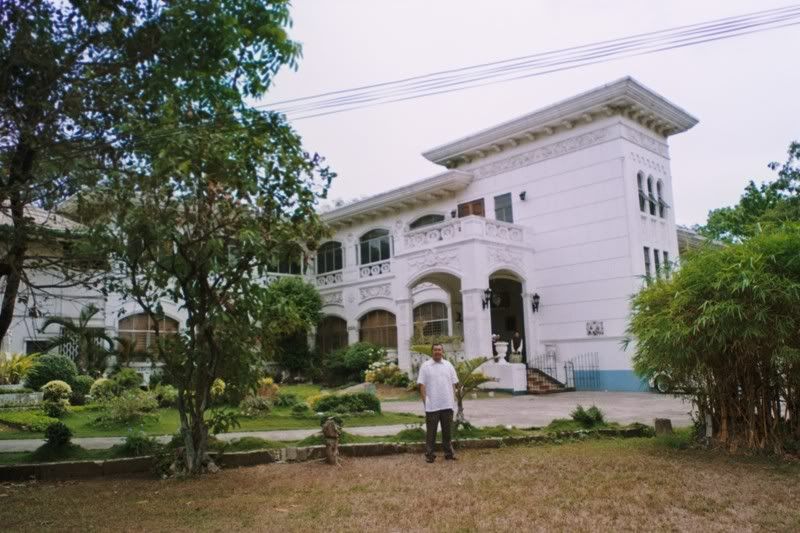
The Archbishop of Cebu’s residence
Speaking of Pinakurat, the airport didn’t allow me to carry on board the plane two bottles of the fermented vinegar which I bought from Robinson’s Cebu even if it was to be checked in with my luggage bag. They wanted me to buy a Styrofoam container where I was suppose to put and seal in the two bottles of vinegar. The cheapest Styrofoam container was P195. The two bottles combined were worth around P63-64. I painfully left the bottles with the airport security, mumbling and grumbling all the way up to Manila (and beyond!).
It was very warm (around 30 degrees Celsius) and humid in Cebu all week long. Strong rains though came in at different times during the day. Thank God it seemed to always stop whenever I was touring the city.
Obviously, my stay in Cebu wasn’t enough to even see half of what it had to offer. Case in point, I didn’t even see a single beach Cebu is internationally famous for! Needless to say, there will be more than one reason to come back to this tropical paradise. Hopefully with my family members next time!
Dayon na sa Cebu!!
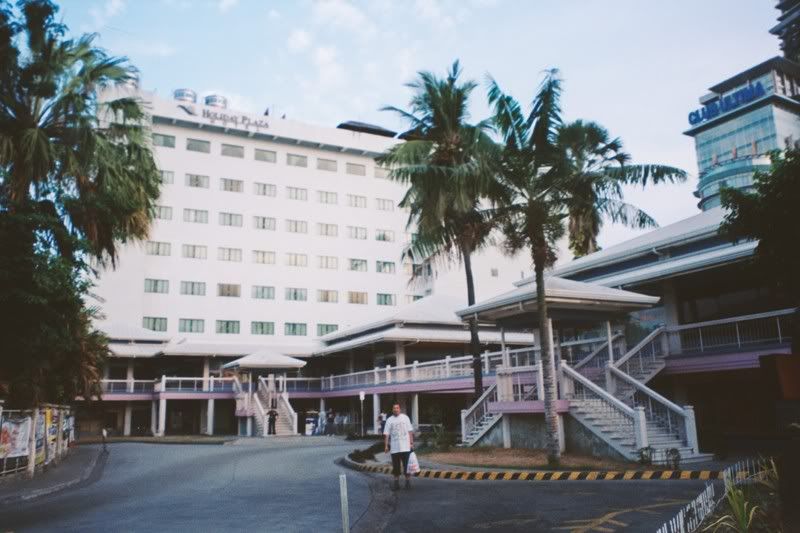

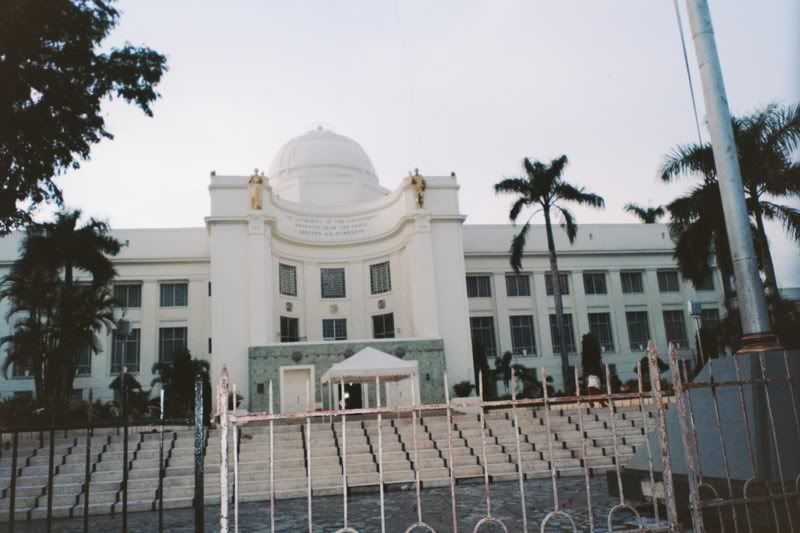
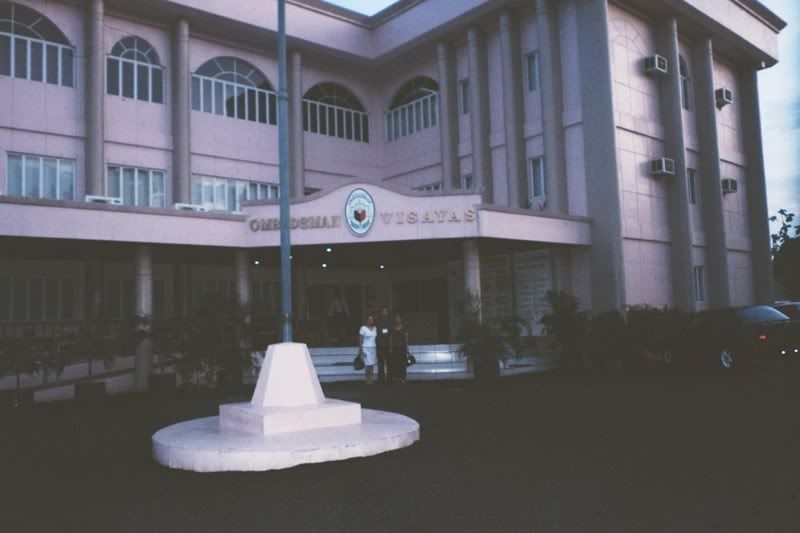
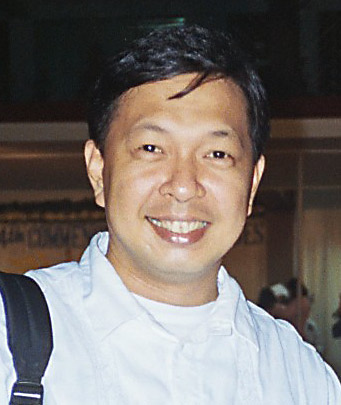
No comments:
Post a Comment